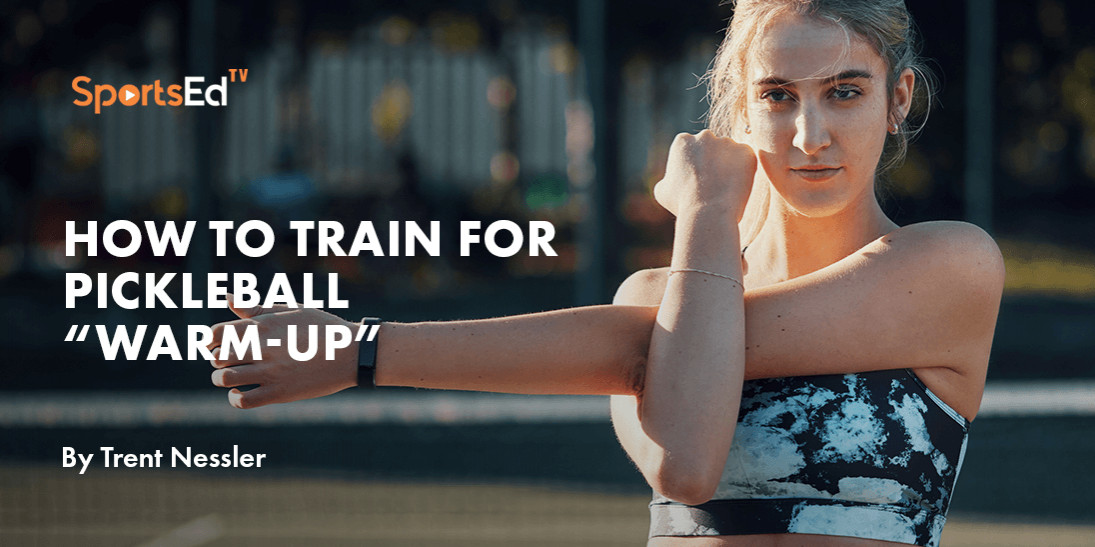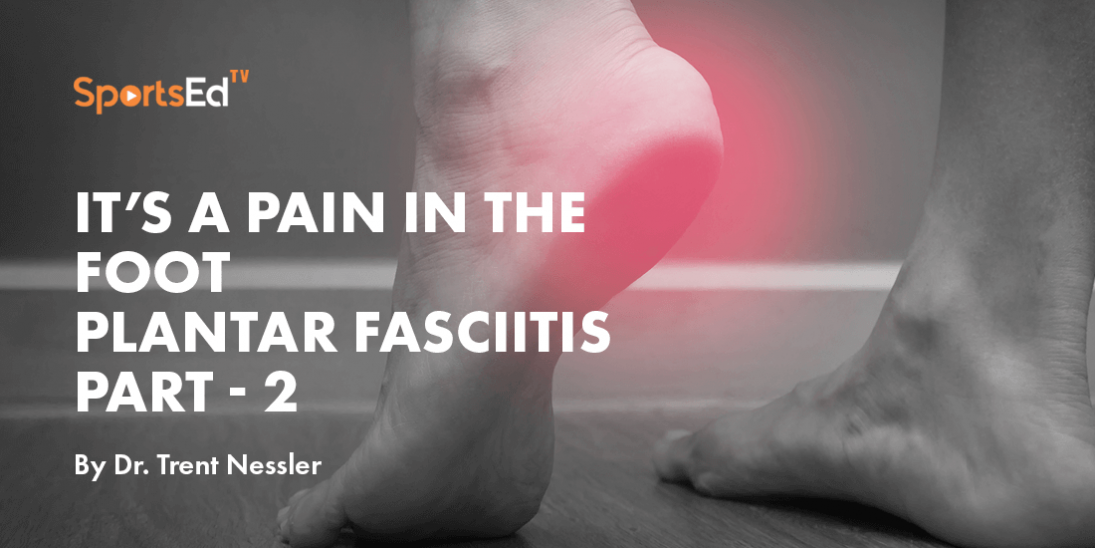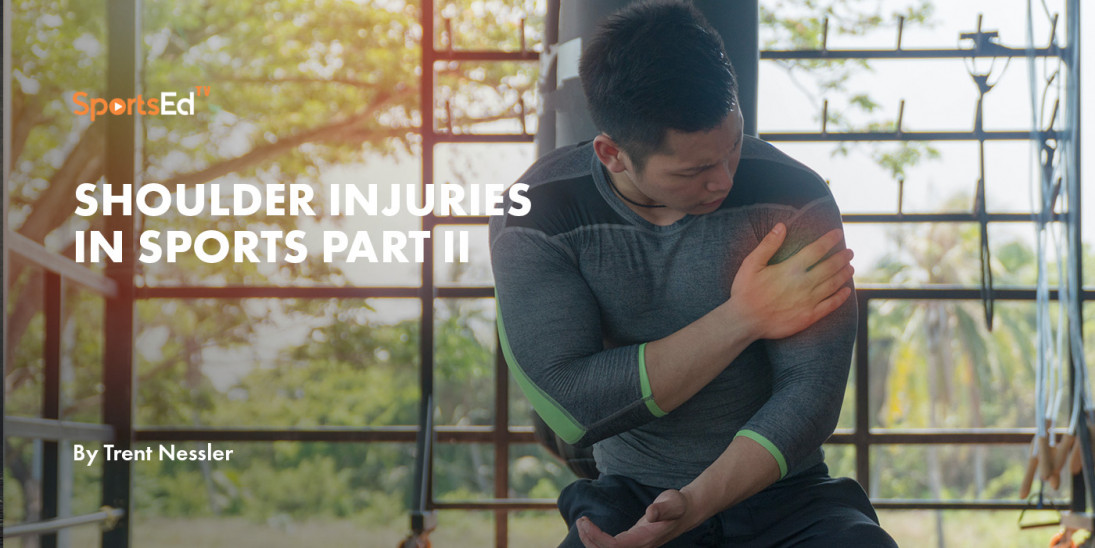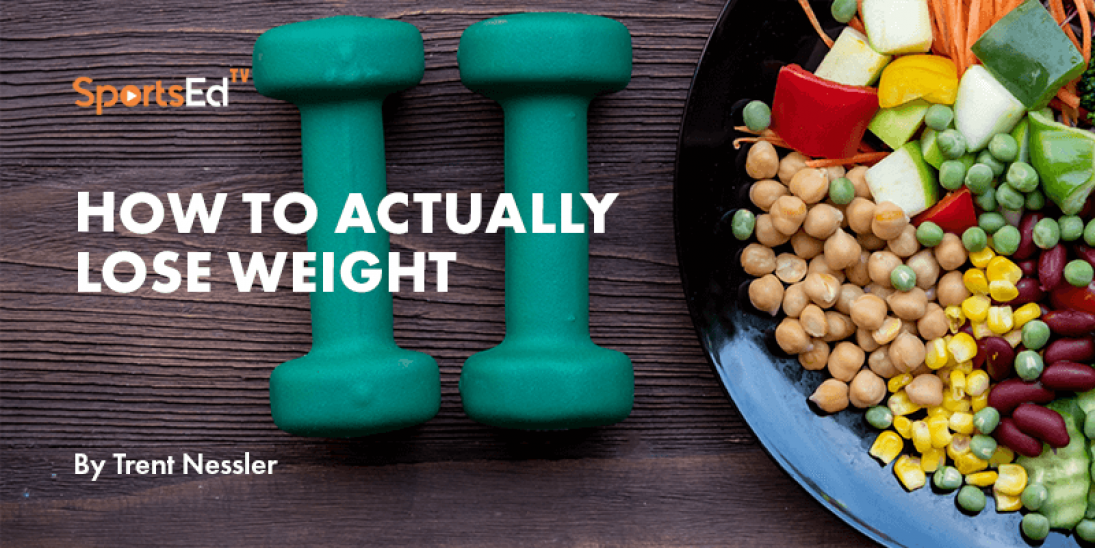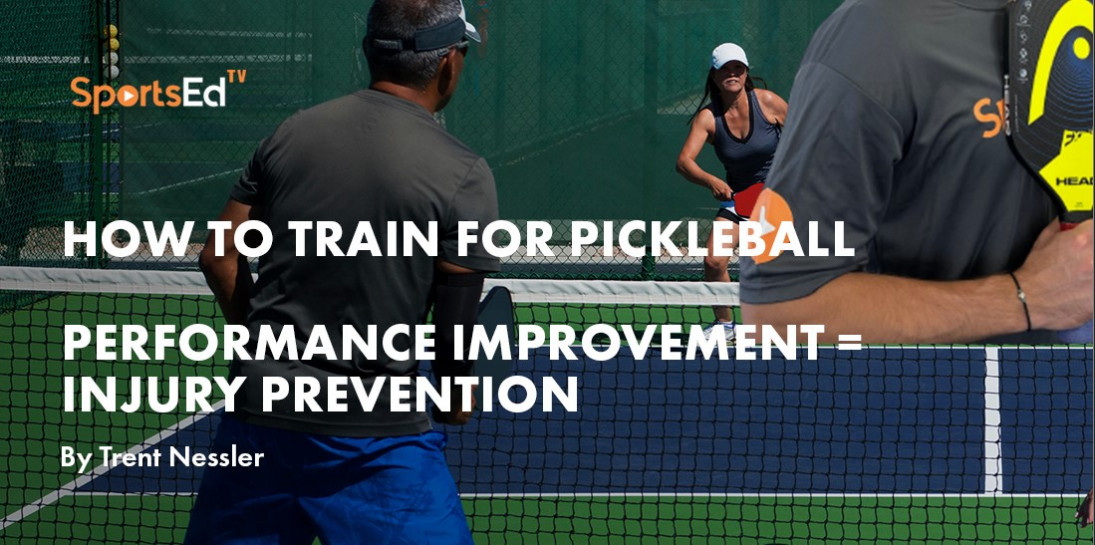Health, Mental Health
Welcome and thanks for visiting...

How To Maintain Healthy Knees In Athletes? Part II
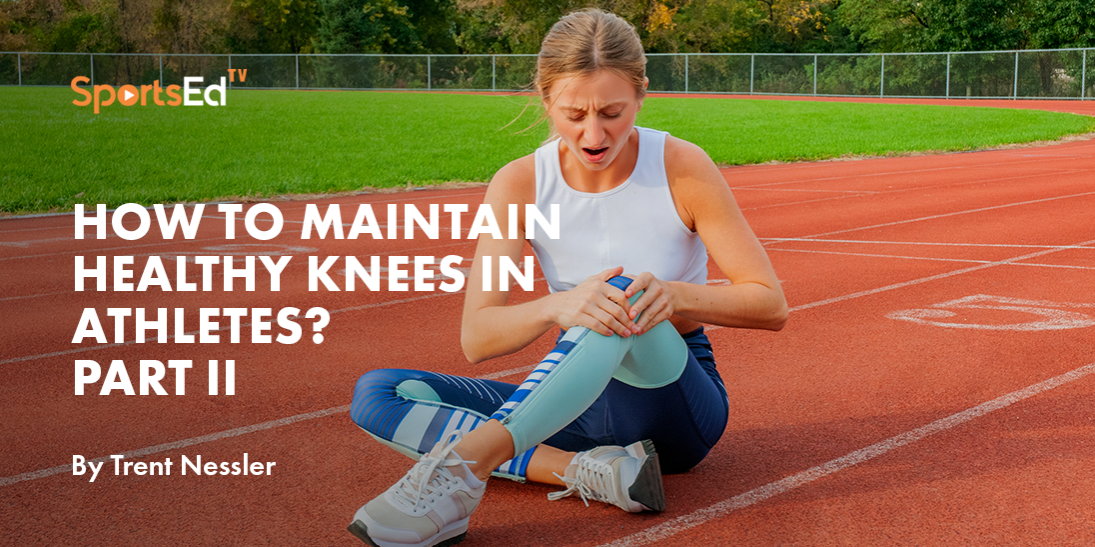

Last time, we talked about how lack of motion and weakness can alter force absorption, increase the risk of knee injuries, and negatively impact performance. We often think that using a brace, neoprene sleeve, or tap will take care of the issue. However, when you remove those things, the root cause is still there and is not being addressed. Therefore, we must get to the root cause of the pain. In the majority of cases, this can be traced back to a lack of motion and/or dysfunctional motion.
Last time we started to talk about certain motions that we look for that can guide us in training and help to elevate these risks. In an effort to keep performing the sport we love and to keep our knees healthy and performing better, there are some simple movements we can look at and evaluate to see where our athlete is at and use that to get to a root cause. This will allow us to create better and more effective programming to address, mitigate risk for injury, and improve athletic performance.

After assessing 40,000+ athletes, we now know what some of these predictive movements are, what we should look for, and, more importantly, how we use that information to create better programming to improve.
Some of the key movements we look at can be assessed by any coach, parent, or athlete. These include:
Plank & side planks
the ability to hold a plank and side plank for 1’ has been shown to reduce the risk of knee and ACL injuries (1).
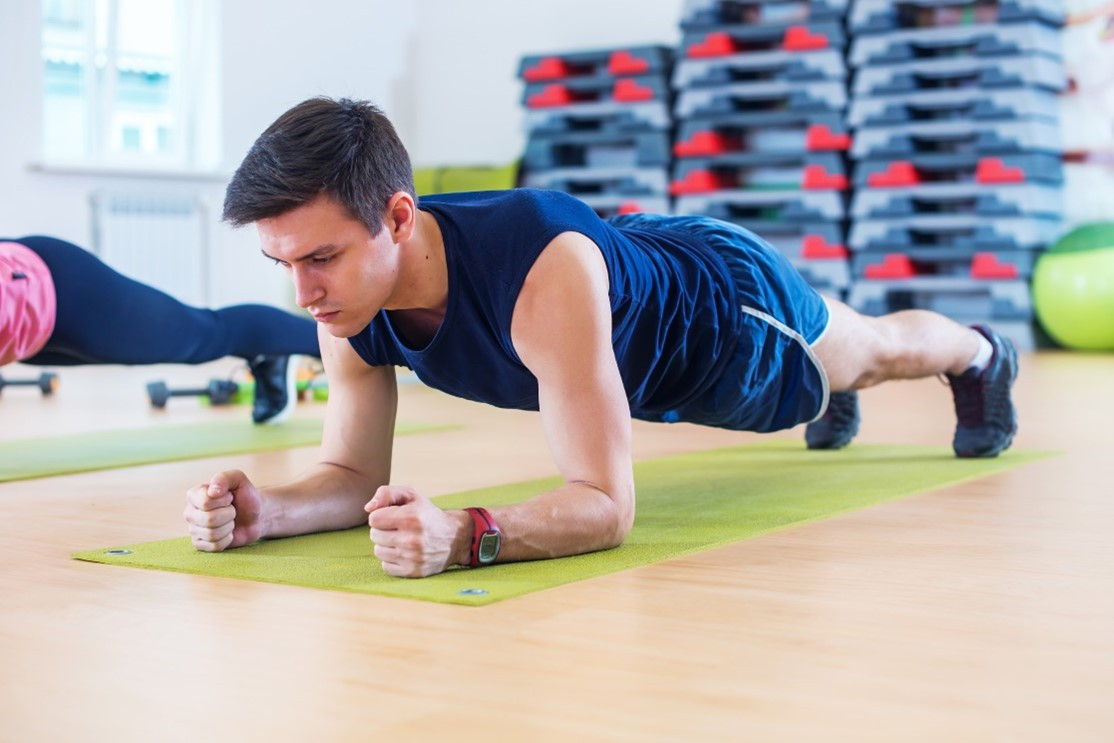
Single leg Squat, Single Leg Hop, Single Leg Hop Plant
The ability to control your knee from going in and out reduces the risk for injury and improves performance. In addition, the inability to control the pelvis during a performance has been shown to be associated with an increased risk of injury (2).
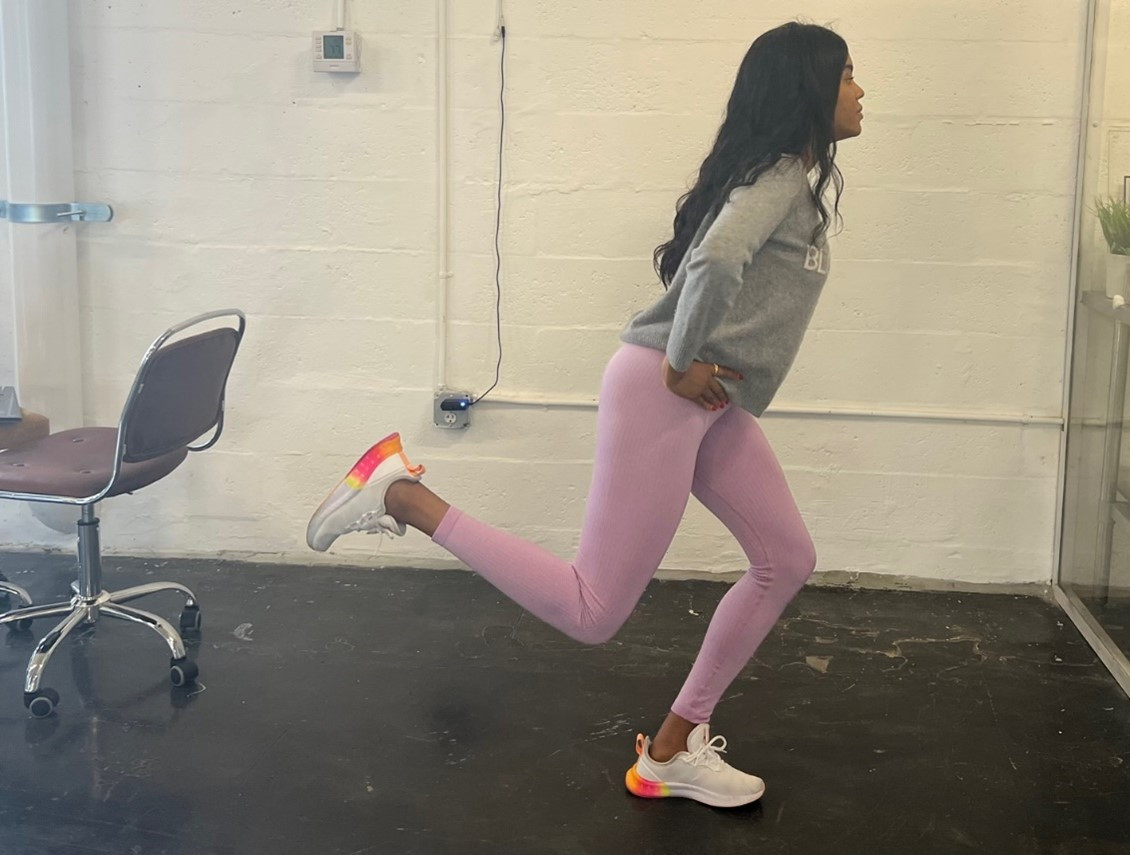
Squats
Equal distribution of weight through right and left throughout the motion has been shown to reduce risk and improve power output (3).
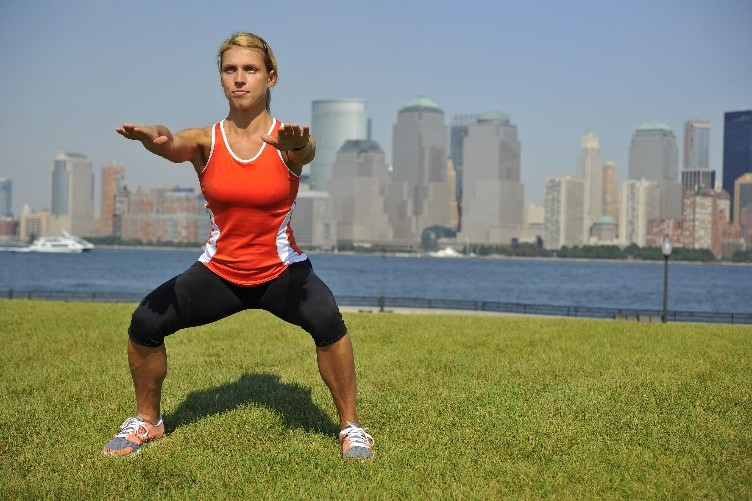
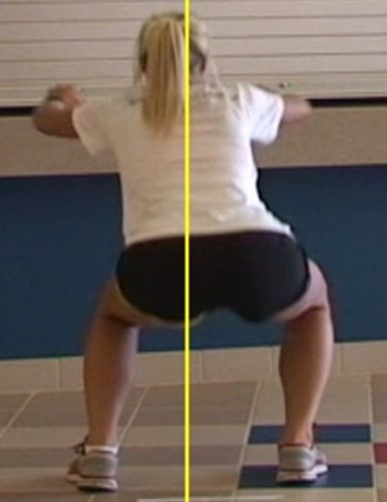

Specific things we look for are:
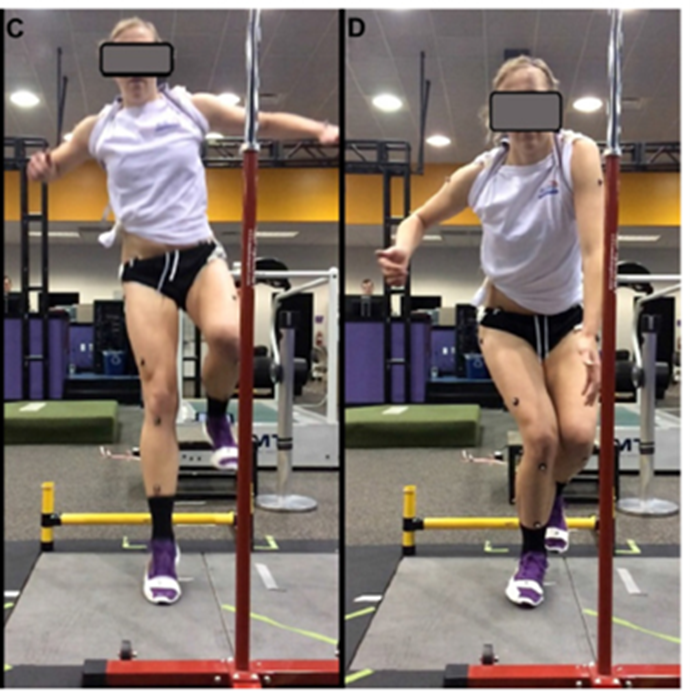
Planks & Side Planks
We are not only looking at the ability to sustain the position for one minute but also the ability to do so without dropping, without rotation, or raising up out of the start position.
Squats
We are looking at the ability to perform a full range of motion of squats. Looking for:
-
- Ability to perform 20 reps
- Able to perform to good depth without excessive trunk flexion or heels coming off the ground
- Equal distribution of weight throughout the performance of the squat. We don’t want to see the athlete shifting their weight excessively to the right or left (called a lateral shift).
Single-leg squats, single-leg hops, and single-leg hop plant
Single leg squat
Performing single leg squat to 30-45 degrees with the opposite leg behind you. Looking for:
-
-
- Ability to perform 10 reps on each side
- Assessing –
- Depth of motion
- Ability to control motion at the hip
- Ability to prevent the knee from going in toward midline and if it does, control the rate of speed at which occurs.
- Limiting loss of balance – touching down with the opposite foot to get a balance
-
Single leg hop
Jump up as high as you can without squatting down first. Looking for:
-
-
-
- Ability to perform 10 reps on each side
- Assessing for:
- Depth of motion
- Ability to control motion at the hip
- Ability to prevent the knee going in toward midline and if does, control rate of speed at which occurs
- Controlling number of losses of balance.
-
-
Single-leg hop plant
Jumping in the following sequence; forward, backward, lateral (out), and medial (in). Performing those 2 times for a total of 8 reps. Looking for:
-
- Ability to perform 8 reps on each side
- Assessing for:
- Depth of motion
- Ability to control motion at the hip
- Ability to prevent the knee from going in toward midline and if does, controlling rate of speed at which occurs
- Controlling number of losses of balance.
With the ability to measure these movements in 40,000+ athletes, we have also had the ability to see what exercises work the best on improving performance during these tasks and movements. This is actually less complicated than you think. If poor performance on these movements has been associated with an increased risk of injury, then improving performance on these movements should decrease risk. This is exactly what we have seen.
The sequence in which these movements are done is important and we will talk about that in the next blog.
- (Jeong et al Am J Sport Med 2021; DeBlaiser et al Am J Sport Med 2019)
- (Johnston et al Am J Sport Med 2018; Owusu-Akyaw et al Am J Sport Med 2018; Kristinaslund et al Am J Sport Med 2013). (Markstrom et al Am J Sport Med 2020)
- (Atkins et al J Strength Cond Res 2013; Wisloff et al Br J Sport Med 2004)
Read more:

